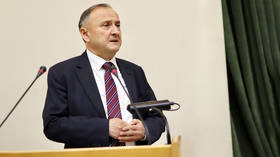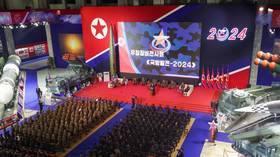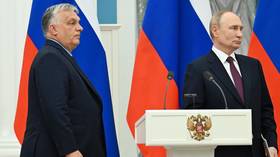Pakistan suffers 1st economic decline in 68 years due to Covid-19 pandemic
While 2020 was projected to be a breakthrough year for Pakistan, the global coronavirus crisis has hit the country’s economy hard, causing its first contraction since 1951-52.
Coupled with currency devaluation, the economic contraction has caused the size of the economy to slip to around $265.6 billion from $280 billion a year ago.
According to the National Accounts Committee (NAC), GDP is projected to have a negative growth rate of 0.38 percent during the fiscal year 2019-20 ending on June 30. The estimates are based on six to nine months provisional data projected for the whole year and adjusted for the impact of Covid-19 followed by the lockdown, the NAC said. Prior to the pandemic, the International Monetary Fund (IMF) and the Finance Ministry projected a 2.4 percent growth rate due to stabilization policies adopted under the IMF program.
Statistics showed that last year (2017-18), the economy saw 5.53-percent growth, mostly due to the services sector. This year, almost every sector of the economy, except for agriculture, witnessed negative growth.
Also on rt.com Imran Khan promises breakthrough year for Pakistan’s economy in 2020The agriculture sector grew by 2.7 percent, although the government had set a target of 3.5 percent growth for the fiscal year. Production of major crops increased by 2.9 percent and other crops by 4.6 percent. The livestock sector grew by 2.6 percent and the forestry sector by 2.3 percent. The fishing sector rose by only 0.6 percent against the four percent target.
The industrial sector was the worst hit by the coronavirus outbreak, with the output of large-scale manufacturing contracting by 7.8 percent and small-scale manufacturing growing 1.5 percent.
The services sector, which accounts for 60.4 percent of the size of the economy, contracted by 0.6 percent against the target growth of 4.6 percent. The wholesale and retail trade sector posted a 3.4 percent decline against the projected growth of 3.9 percent. The transport, storage, and communication sub-sector saw a 7.1 percent contraction. The finance and insurance sector marginally grew by 0.8 percent, while housing services were up by four percent.
For more stories on economy & finance visit RT's business section













